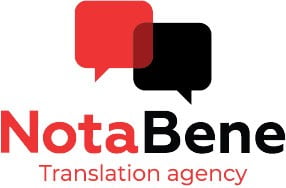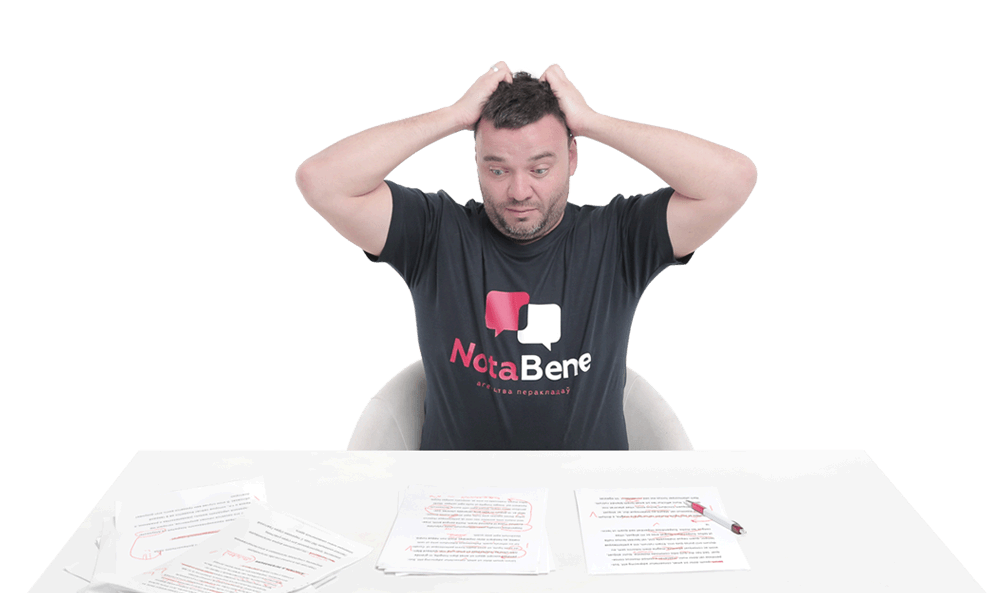Editing of translated texts, make-up and DTP at Nota Bene Agency
A translator invariably seeks to accurately convey the meaning of the source text in the target language, and use proper grammar and correct terminology. This calls for a major set of skills. However, to make the ultimate text absolutely perfect, translations must be edited. At Nota Bene the editing/proofreading phase is a priority. We believe that no compromises are acceptable when it comes to quality.
Our agency applies a rigid quality assurance system to each translation job, which implies, inter alia, mandatory editing by an independent professional editor, who makes sure that the translation is not only correct in terms of keeping the original meaning, but also complies with communication standards and nuances typical of the country where the translated text will be used. The editor is the one responsible for the consistency of terminology in a document translated by several linguists, proper use of glossaries, and overall adequate process of communication in a foreign language.
What does this stage involve?
Translations are edited by our experienced editors with a virtually native-speaker command of the target language. They not only adapt the content to the audience, but also check the logical structure, grammar, and style. There is more, though:
- they edit the style to meet the requirements of the target audience and the customer, as well as to comply with the respective field of knowledge;
- they correct any contextual errors and inconsistencies, check facts, figures, etc;
- they ensure consistency, which is particularly relevant when a job has been done by several linguists;
- they make sure the text is clear and laconic;
- they replace repetitions with synonyms;
- they verify authenticity. The original text should never be mistranslated. All inaccuracies, omissions, and redundancies must be ruled out.
As soon as the text is edited, the document is sent back to the translator, who makes changes to any other files included in the project and applies corrections in the future. The joint effort of the editor and translator markedly improves the quality of the translation.
The editor is not the final step in quality assurance, though. After that, any translation is proofread, where the proofreader checks the spelling of figures and dates and ensures a simple layout and make-up of the document in order for the final text to look as close to the original as possible.
Nota Bene also offers independent editing of translations done by third parties.
High-quality translation often constitutes the first phase of the document preparation process. Whenever our customers require manuals, brochures, books, or advertising materials delivered to the consumer in hard copy, we save their time and money by offering turn-key services — translation, editing, make-up, and desktop publishing (DTP), and, by agreement, we can also procure printing services from our partners.
The use of special make-up software for translated materials is a typical stage of the printing process. We offer desktop publishing services for any texts and images using InDesign, PhotoShop, CorelDraw, etc.
Editing our own translation jobs is a mandatory process at Nota Bene. The cost of it is included in our TEP rate, whereas you can always contact our managers to additionally order editing of third-party translations, make-up, and desktop publishing of any texts.








